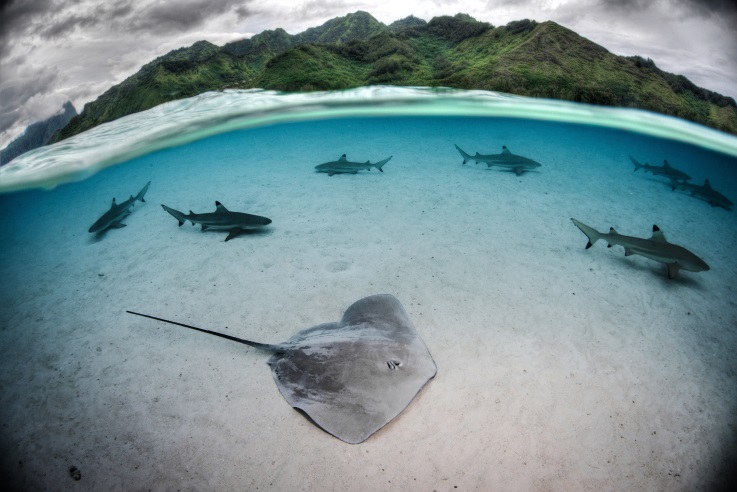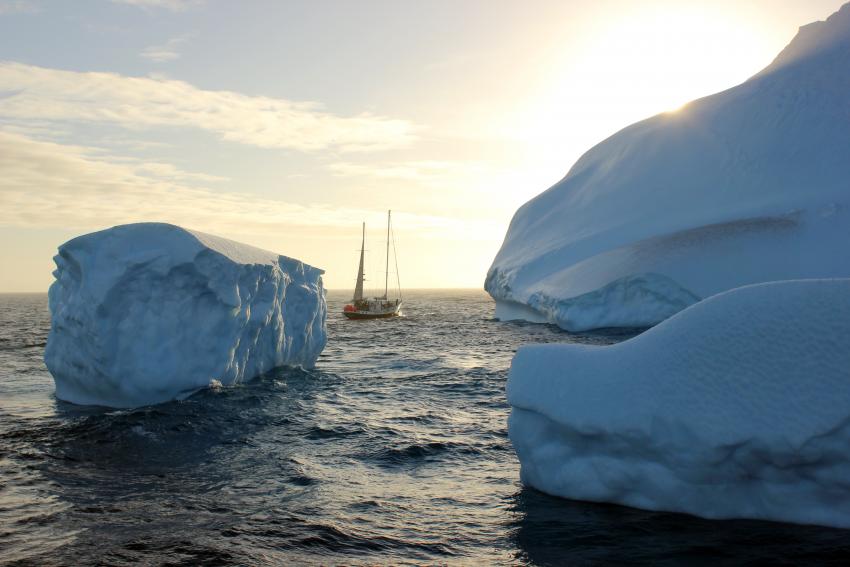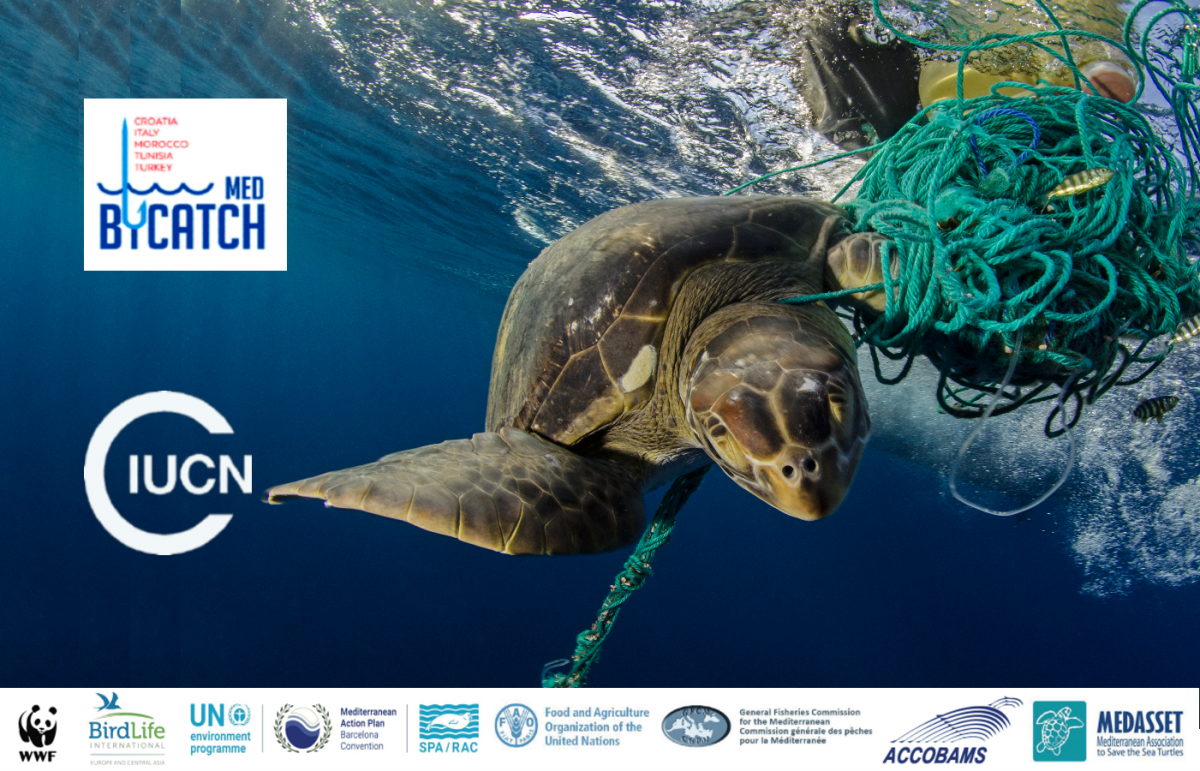Europe Overseas have bypassed Aichi target with 16% of their marine areas under protection
The EU Overseas [1] have reached and bypassed the target of marine protected areas (MPAs) set down in the Aichi 2010 declaration- a globally agreed target.

Photo: Lauric Thiault
A new publication on MPAs was pre-launched at the World Conservation Congress in Hawaii on the 5th September. It shows that between the many EU Overseas islands worldwide, 16% of marine areas (3.5 million km2) are under some form of protection. Given the current plans of EU states, this could soon rise to 26% (or 5.5 million km2). To achieve the target, at least 10% of coastal and marine areas need to be conserved and effectively managed by 2020.
Hosting 70% of the EU’s species, 20% of the world’s coral reefs and made up of 34 political entities, the EU Overseas with European member states constitute the world’s largest marine domain- 5% of the global ocean. These span five oceans and have a combined marine area of over 19 million km2, scattered over more than 150 islands, often remote from any continent. The EU overseas form five global biodiversity hotspots increasingly affected by climate change, invasive species and habitat loss. Most ecosystems are threatened and need stronger protection and management. Given this, the EU Overseas have also been at the forefront of adaptation and made huge progress towards sustainable development. Part of this was creating Hope Spots and MPAs. One of many examples of the latter case is at the Paris climate talks in 2015, France announced an extension to its largest natural reserve in the French Southern and Antarctic Territories to protect 550,000 km2 of marine environment. Civil society has also become involved in these efforts. Over the last few days, French Polynesia has announced the creation of a marine managed area- Tainui Atea, where its entire 5 million km2 marine territory will become a Marine Managed Area (MMA).
This is inspired and based on the Polynesian traditional management of marine resources called rāhui . Where some MPA’s and MMA’s stop at borders other MPA’s cross political divides. The establishment of three large marine sanctuaries in the British, French and Dutch waters of the Caribbean protect large ecological migration corridors over a total area of almost 250,000 km2. This is more than a third of the EU Overseas Caribbean waters put together.
Alongside the great successes, the report notes that as of 2016, only five EU Overseas entities have protected 10% or more of their marine area by establishing vast MPAs within their waters. These entities contribute to almost 90% of the EU Overseas MPAs. Given the significance and diversity of marine ecosystems, the MPA network needs to be further improved. Healthy marine ecosystems are more than assets in themselves - they are fundamental for the local and regional economy, particularly fisheries and tourism. Key to achieving tangible marine conservation results is the effective and sustainable management of the valuable ecosystem services provided by the marine ecosystems.
 Photo: Simon Vacher
Photo: Simon Vacher
Scrutiny of the current MPA status revealed that with respect to their effectiveness in improving marine ecosystem resilience, large MPAs, covering both coastal and offshore areas, are the most effective, provided they are well managed and take into account connectivity between ecosystems.
Last week, US President Barak Obama announced the extension of the Papahānaumokuākea Hawaii marine reserve which has now become the largest MPA in the world. Before that, three of the five largest MPA’s were found in the EU Oversea’s waters and soon, with Tainui Atea, the largest marine managed area will be located in French Polynesia waters. The much anticipated report points to the fact that internationally, about 4% of the global ocean is under protection, compared to over 15% of the land area. While there is still great scope for improvement, the EU Overseas have contributed substantially to global marine protection and achieving internationally set targets.
[1] EU overseas comprises of European Outermost Regions (ORs) and Overseas Countries and Territories (OCTs)



